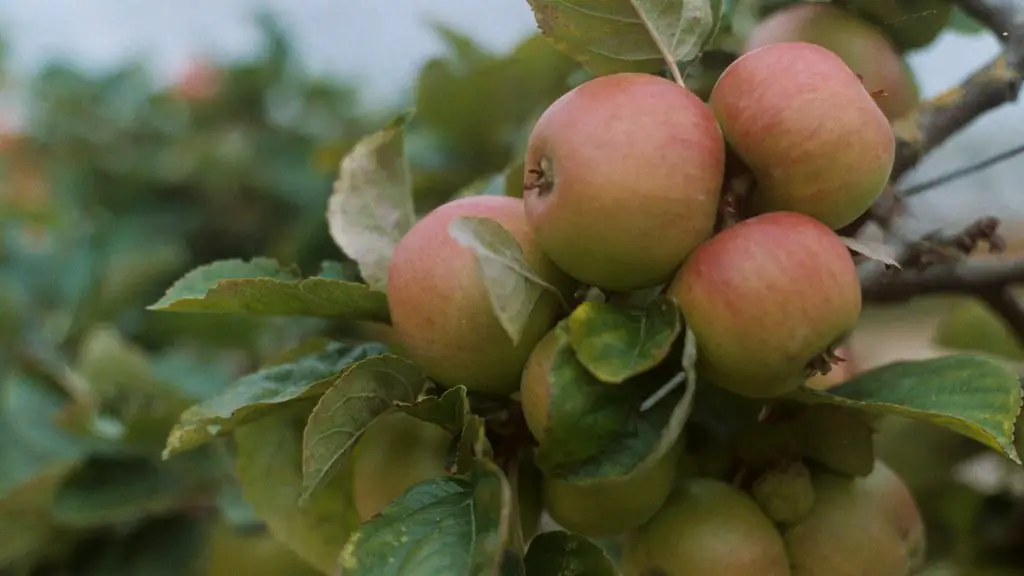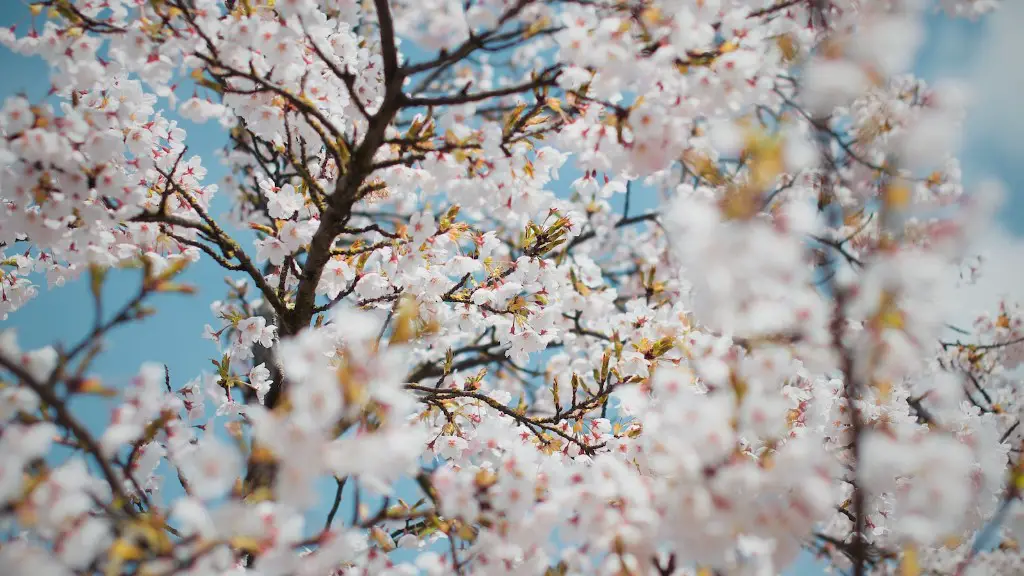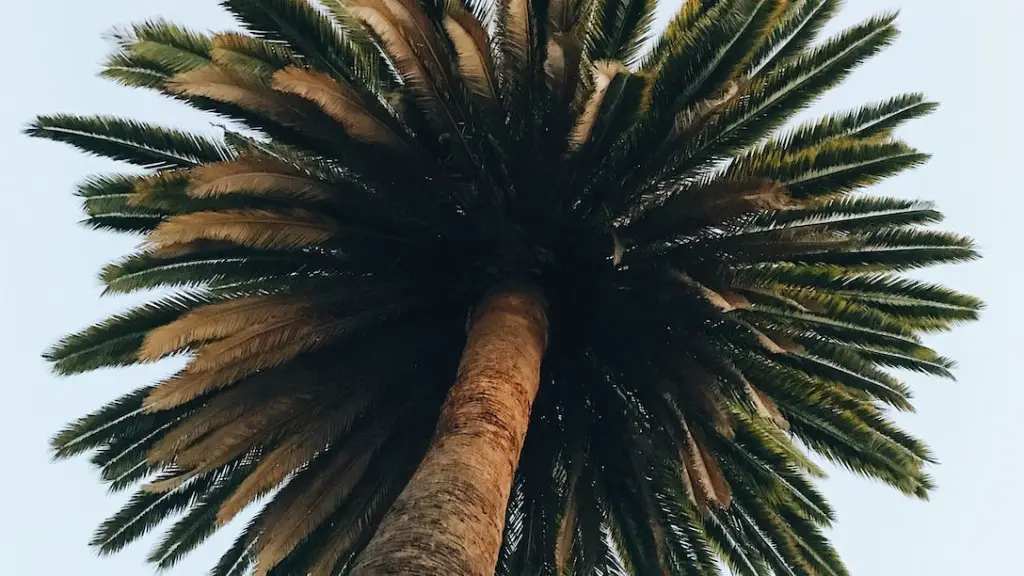What is a Dwarf Lemon Tree? Dwarf lemon trees are smaller versions of standard lemon trees, grown to yield a similar citrus fruit crop but with the advantage of not overtaking a garden or other outdoor space. As the name implies, the trees are smaller in size and require less room to grow compared to their traditional siblings. The fruit yielded by dwarf lemon trees can also be harvested on a regular basis with an annual crop of fragrant lemons that do not require frequent pruning or staking.
All dwarf lemon trees belong to the citrus family, Citrus limon, and are cultivated for the acidic juice and zest of the fruit. The trees can easily be grown indoors, as the trees do not require large roots for growth. Dwarf lemon trees typically grow to around three feet tall, their height easily restricted by pruning when needed.
The appeal of dwarf lemon trees lies in their ability to flower and bear fruit year-round, unlike other larger species. Citrus fruits require full sun or a moderately shaded area to achieve healthy growth, and soil should be well drained and amended with a good quality fertilizer.
A dwarf lemon tree should be watered regularly but allow the soil to fully dry between waterings. Excessive water can cause root rot and could ruin an entire crop of fruit. Dwarf lemon trees also require regular feeding, but they are not heavy feeders and won’t need a large amount of fertilizer each season.
When choosing a dwarf lemon tree, it is important to look for a hardy variety. Some cultivars have better disease resistance and will yield larger crops. Some trees are also self-fruiting and require no pollination from other trees.
Dwarf lemon trees can be grown practically anywhere with adequate temperature and light levels. They can be pruned and shaped to fit almost any space, making them ideal for container gardens or small gardens. Their size and production also make them attractive to amateur gardeners or those just starting out in the citrus world.
Caring for a dwarf lemon tree is relatively easy. Low maintenance and no staking required, the trees can be cultivated from seeds or from cuttings taken from larger specimens. Requiring only annual pruning, a dwarf lemon tree will require minimal space, making them popular for balconies, ledges, and even indoors.
Planting and Propagation
Most dwarf lemon trees should be planted directly into the ground, although they can be grown in containers if desired. When planting, choose a spot with good drainage and full sun. Dig a hole roughly twice the size of the root ball and amend the soil with compost or organic matter to help improve the drainage further. Carefully place the tree into the hole, backfilling with soil and amending as needed.
For propagating a dwarf lemon tree, use either petiole cuttings or root cuttings. You can also propagate a dwarf lemon tree from seed, ensuring that the seed is properly harvested and stored until ready for planting. When growing from seed, it may take several seasons before the tree flowers or fruits.
Once in the ground, regular maintenance is needed to keep a dwarf lemon tree healthy and productive. The soil should be mulched to keep it cool and moist, with regular applications of fertilizer if needed. Prune the tree regularly to maintain size and shape, removing any dead or damaged branches immediately.
When watering, ensure the soil is moist but not soggy. Overwatering can cause root rot and other issues, leading to poor flowering or fruiting. Dwarf lemon trees need full sun, so place them in an area that receives 8-10 hours of sunlight every day.
Pest and Disease
Dwarf lemon trees are prone to many of the same pests and diseases as larger varieties, including citrus rust mites, mealybugs, and scale insects. Aphids and spider mites can also cause damage to the tree and its foliage. All of these pests can be treated with an insecticidal soap or an organic pesticide.
For diseases, dwarf lemon trees may suffer from citrus blight, which is a fungal infection that can spread to other parts of the plant and cause dieback. Symptoms include wilting and dark spots on leaves. Powdery mildew can also affect citrus trees, showing as a white powdery coating on the leaves and stems. Both of these issues can be treated with a fungicidal application.
If your dwarf lemon tree shows symptoms of ill health, the cause may be the environment rather than a pest or disease. Too much water or not enough light could be causing issues, leading to nutrient deficiencies or poor flowering and fruiting. Adjusting the conditions and providing extra fertilization may help revive the tree.
Fruit and Harvesting
Citrus fruits form in clusters on the branches of dwarf lemon trees, with some trees bearing fruit year-round. The fruits are best harvested when they turn yellow in color, as the lemon flavor is more pronounced at this stage. When harvesting, be careful to cut the fruit with a pair of pruners rather than pulling it off the tree.
The size of the fruit will vary depending on the cultivar chosen, with some trees producing miniature lemons that are roughly golf ball sized. Larger fruits are less acidic, while the small fruits can be used in a variety of culinary dishes or to make jams or jellies.
The beauty of having a dwarf lemon tree is that you have an endless supply of zesty, fragrant lemons at your fingertips. The trees require very little maintenance and will reward you with an abundance of sweet and juicy citrus for many years to come.
Pollination and Feeding
Most cultivars of dwarf lemon trees are self-fertilizing and do not require additional pollination from an external source. However, if your tree does not bloom or develop fruits, then providing an ample source of pollinators may help. These include bees, birds, and other insects.
Fertilizing a dwarf lemon tree is still recommended, as the soil can become depleted of essential nutrients over time. Use a slow-release fertilizer specifically made for citrus fruits, aiming for a balanced blend with equal amounts of macronutrients and micronutrients.
If growing your dwarf lemon tree in a container, then fertilize the tree every six to eight weeks during the growing season. Choose a fertilizer that is low in nitrogen to prevent the growth of foliage at the expense of fruit.
When pruning a dwarf lemon tree, always use sharp pruning tools. Errant branches or shoots should be removed, as well as any dead or damaged wood. Pruning also helps to promote a more open canopy, allowing more light and air circulation to reach the fruits.
Geographic Preference
Dwarf lemon trees are best suited to growing in warm and temperate regions where the climate remains mild, although they can easily be grown indoors in pots or containers if it gets too cold.
Most dwarf lemon trees do not fare well in extreme temperatures, so be sure to choose a cultivar that is suitable for your climate and is hardy enough to survive a winter chill. Dwarf lemon trees are also prone to sunburn and are sensitive to salty, sandy soils, so provide protection if needed.
Whether it be a dwarf lemon tree or a full-sized tree, the citrus family can be difficult to grow in certain climates. Sunburn is the enemy of citrus fruits, so if the temperatures are too warm, the leafy foliage may suffer.
Too much cold can also be damaging, leading to frost damage and decreased blooming. It is always best to choose a citrus cultivar suited to your climate and make sure it is planted in well-drained soil and in an area with plenty of sunlight.




